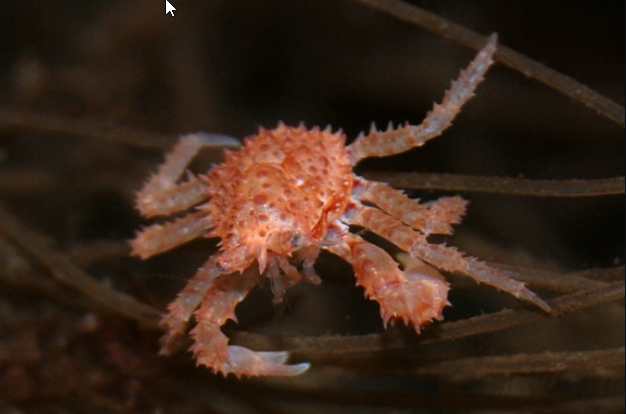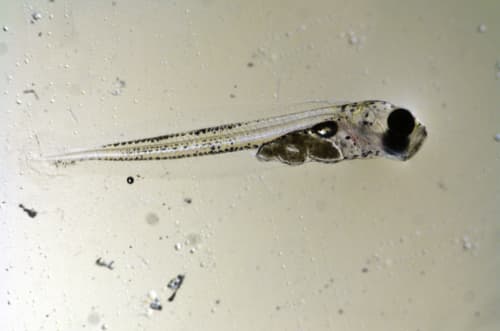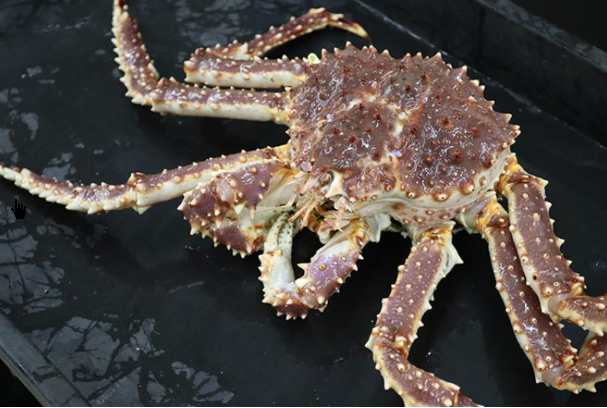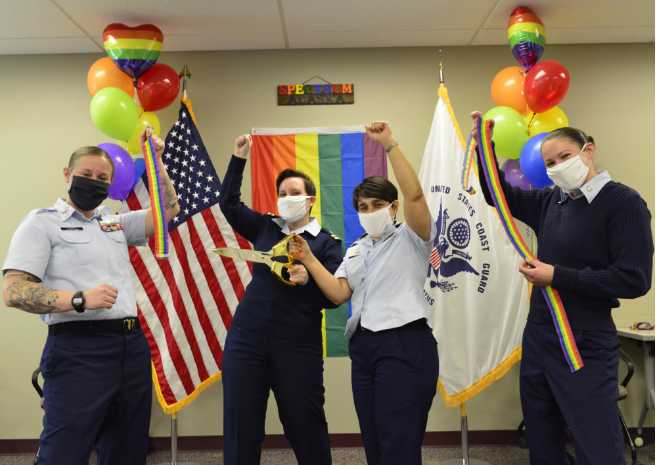Female red king crab from the Juneau area will be the subject of a study to optimize the diet of larval king crab by the Alutiiq Pride Shellfish Hatchery, University of Alaska Fairbanks, and Oregon State University.
Previous studies by the Alaska King Crab Research, Rehabilitation and Biology Program determined that larvae fed enriched Artemia (brine shrimp) had higher survival rates.
The crab were collected in October by the Alaska Department of Fish and Game and transported to the UAF School of Fisheries and Ocean Sciences Juneau Center, where they are spending the winter. The crab are ovigerous, meaning they are carrying embryos that will hatch into larvae in the spring of next year.
|
|
The study will rear the crab larvae with specific enrichments of essential fatty acids and then evaluate the condition of larvae with biochemical and hatchery health indices. University biologists said comparison of the hatchery health index with the biochemical composition of the larvae will provide a standard curve to assess larval condition. If the hatchery health index proves to be a good indication of biochemical condition, the inexpensive method can be used in the hatchery setting to quickly assess larval health.
Biologists said the outcome of the project will have the potential to design aquaculture live-food enrichments that are customized to the nutritional needs of Alaska king crab larvae.








